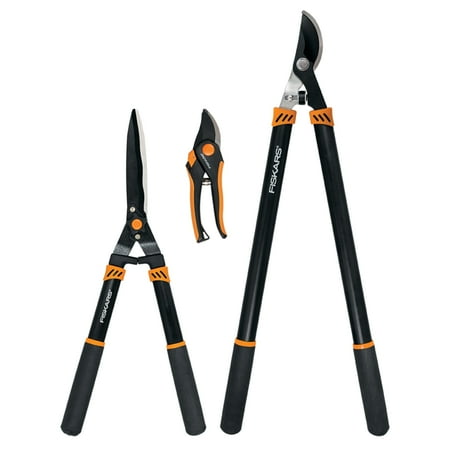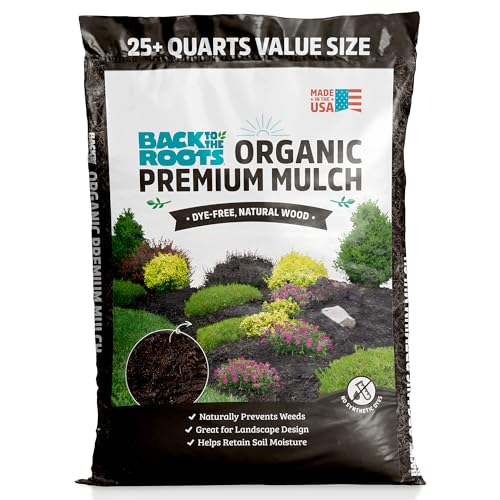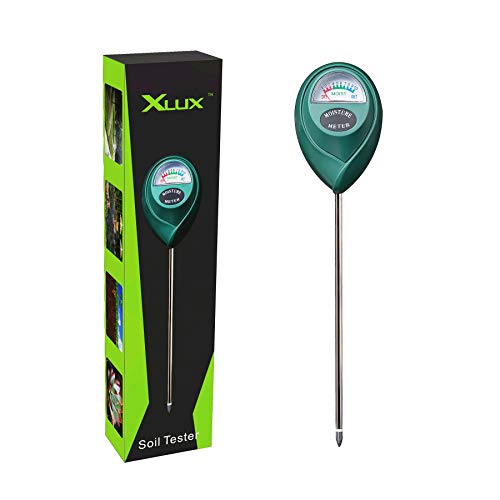Every Birch Owner Should Know About This Threat – Pest Experts Reveal the Signs of Bronze Birch Borer and Their Recommended Control Methods
The bronze birch borer larvae pose a nasty threat to your trees
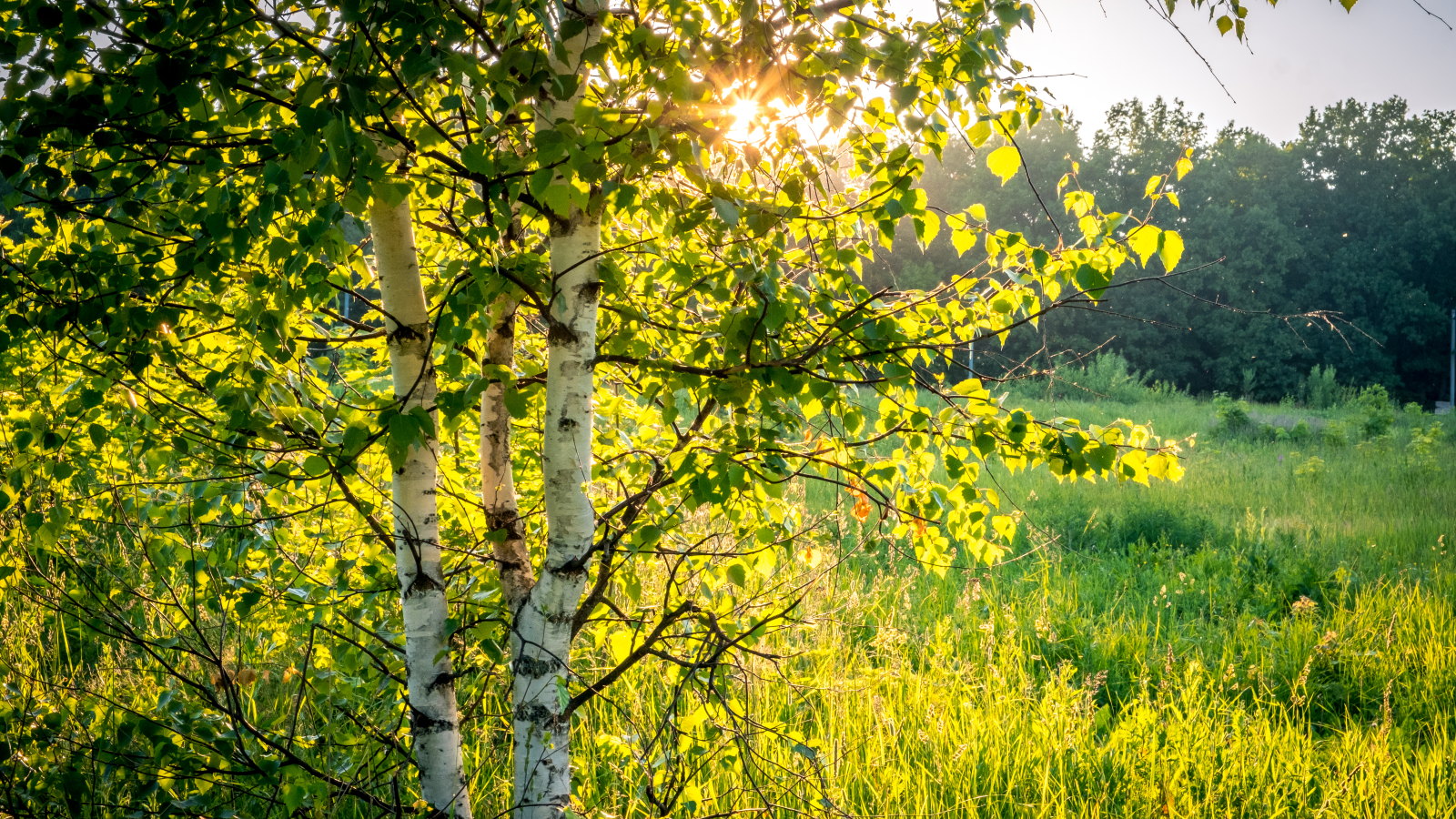

Birch trees are adored for their light foliage and peeling bark. While most people think of the white bark varieties, there are birch trees with gorgeous bark in shades of orange, red, or yellow, too. They are hugely popular trees, but there is a nasty pest that threatens birches, in the shape of the bronze birch borer.
The bronze birch borer is a wood-boring beetle whose larvae cause huge damage under the surface. They feed on the tree's vascular system and essentially starve the tree from the inside, causing thinning foliage, bare branches, dieback, and ultimately death.
If you grow birch trees, it pays to understand the risks that bronze birch borer poses. So I spoke to pest experts to reveal the signs of bronze birch borer damage you need to know, plus their advice for the best ways to deal with infestations.
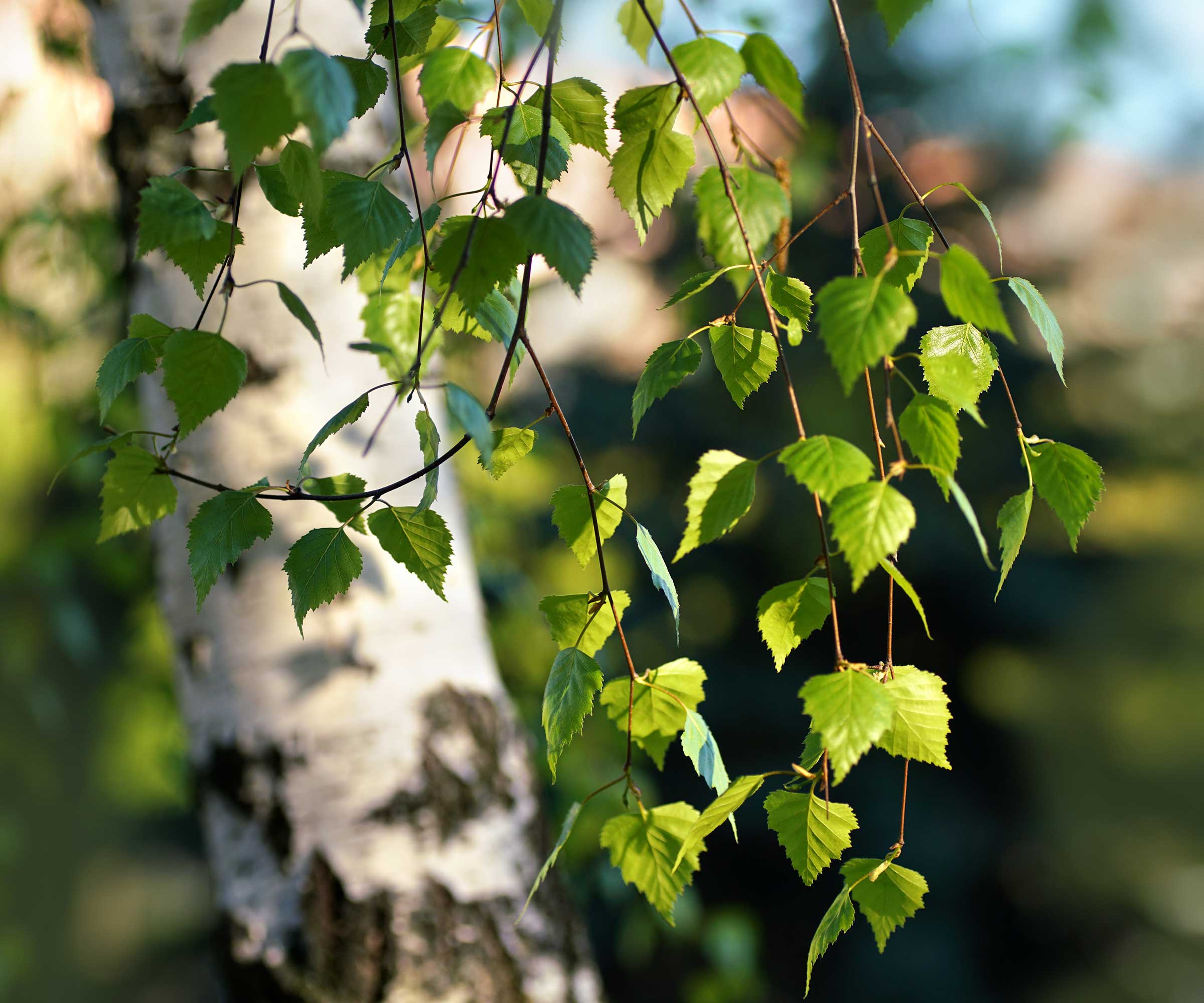
What is the Bronze Birch Borer?
The bronze birch borer is a wood-boring beetle that targets all species of birch, both native and non-native birch species. They are often attracted to stressed or weakened birch trees and burrow inside to start wreaking havoc.
Jeremy Logsdon, co-owner of Preventive Pest Control in Houston, claims that bronze birch borer is 'a major culprit for birch failure' as they start by causing dieback and can ultimately lead to a tree’s death.
'They are slender, metallic beetles whose larvae are the real troublemakers,' reveals the expert. 'Once the eggs hatch, the larvae tunnel under the bark, feeding on the phloem and xylem - the tree's vascular system. This girdles the branches, cutting off the flow of water and nutrients.'
They are not easy to spot, as the adult bronze birch borer is 1/4 to 1/2 inch long and has a metallic sheen. The troublesome larvae, which are found inside the tree, are pale white, up to an inch in length and with a segmented body and a flat head.
Design expertise in your inbox – from inspiring decorating ideas and beautiful celebrity homes to practical gardening advice and shopping round-ups.
The bronze birch borer life cycle starts in late spring, as adults lay their eggs after overwintering under the bark. Then follow the larvae, which hatch and eat voraciously, causing huge damage to the tree.
These larvae mature and then pupate in the spring, before, as Emma Grace Crumbley, Entomologist at Mosquito Squad Plus, explains: 'After pupating, birch borer adults drill holes in the outer bark and leave the tree to find mates and lay the next generation of wood-destroying beetle eggs.' It is typical to have one generation of bronze birch borers per year.

Jeremy co-owns Preventive Pest Control, a pest control business in Houston, TX. He started Preventive Pest Control in 2002 with partners. Since then, Preventive Pest Control has grown into a thriving enterprise with multiple locations throughout Houston.
Signs of Bronze Birch Borer Damage
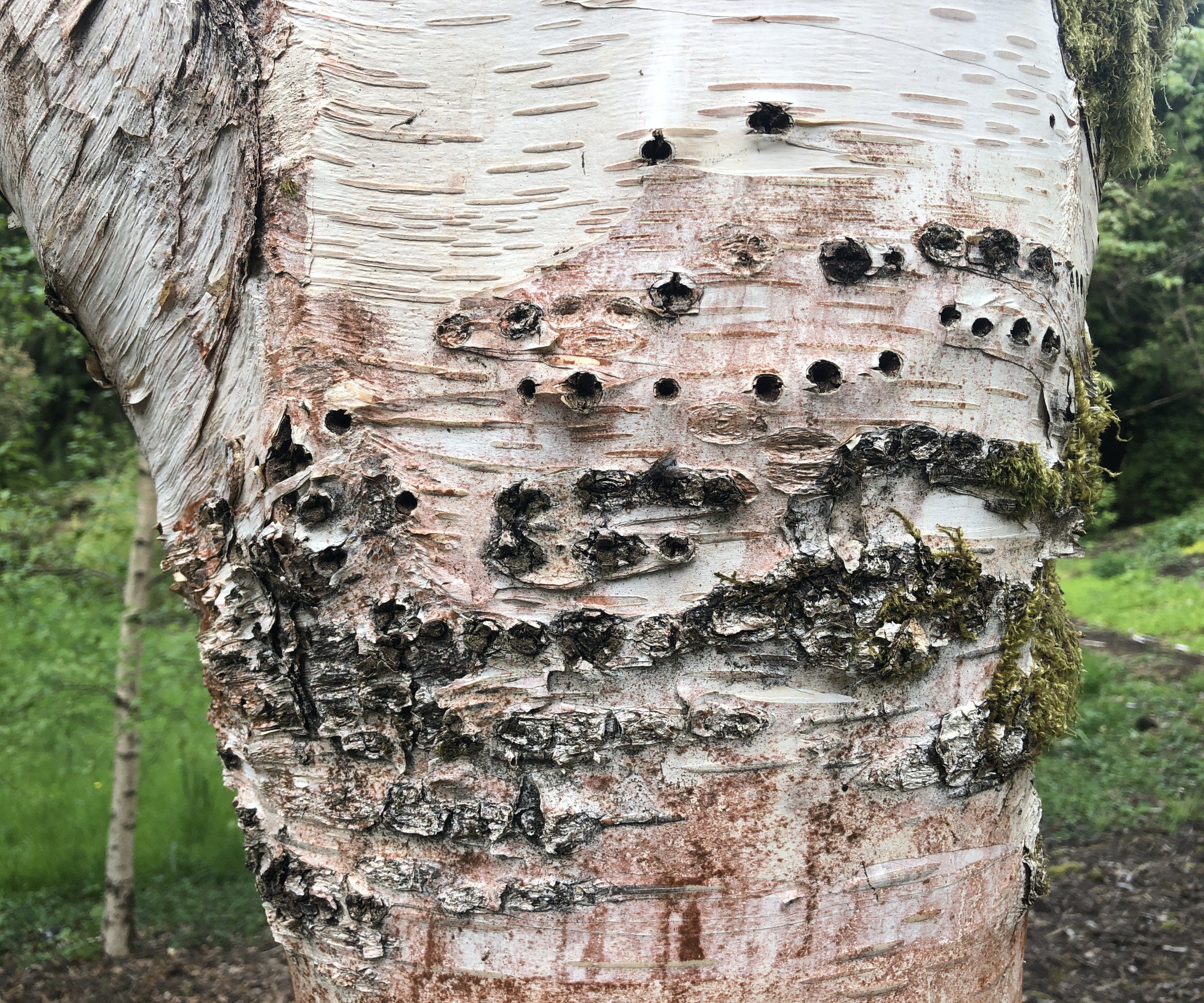
It can take a few months for the tree to show the first visible signs of bronze birch borer damage, but there are some classic symptoms to look out for.
'Early signs of infestation include leaf discoloration during the growing season, thinning foliage, and bare branches in the upper canopy,' says Whitt Tindol from Peachtree Pest Control. He adds that, as the larvae continue to feed on the tree's water and nutrient transport systems, it leads to 'leaf discoloration, branch dieback, and ultimately, the death of the tree'.
The damage tends to show itself first in the upper crown of the tree. Jeremy Logsdon advises examining your birch trees for 'yellowing and dieback' in the crown, and to keep a close lookout for 'distinctive D-shaped exit holes' that are caused by the adults when they emerge.
Any peeling bark from infested trees may reveal evidence of tunnels underneath, such as swollen ridges that are the scars caused by tunnels, or even burrows packed with sawdust and frass (larval droppings).

Whitt Tindol serves as the Field Compliance and Quality Assurance Manager at Peachtree Pest Control, a position he has held since August 2024. A seasoned professional with over 25 years in the pest management industry, Whitt is an Associate Certified Entomologist and a Georgia-approved SPCC speaker for CEU credits.
How to Control Bronze Birch Borer
There are different birch borer treatments you can consider, depending on the time of year and the scale of the infestations. But here are some recommendations from the experts to consider:
Prune Away Infected Branches
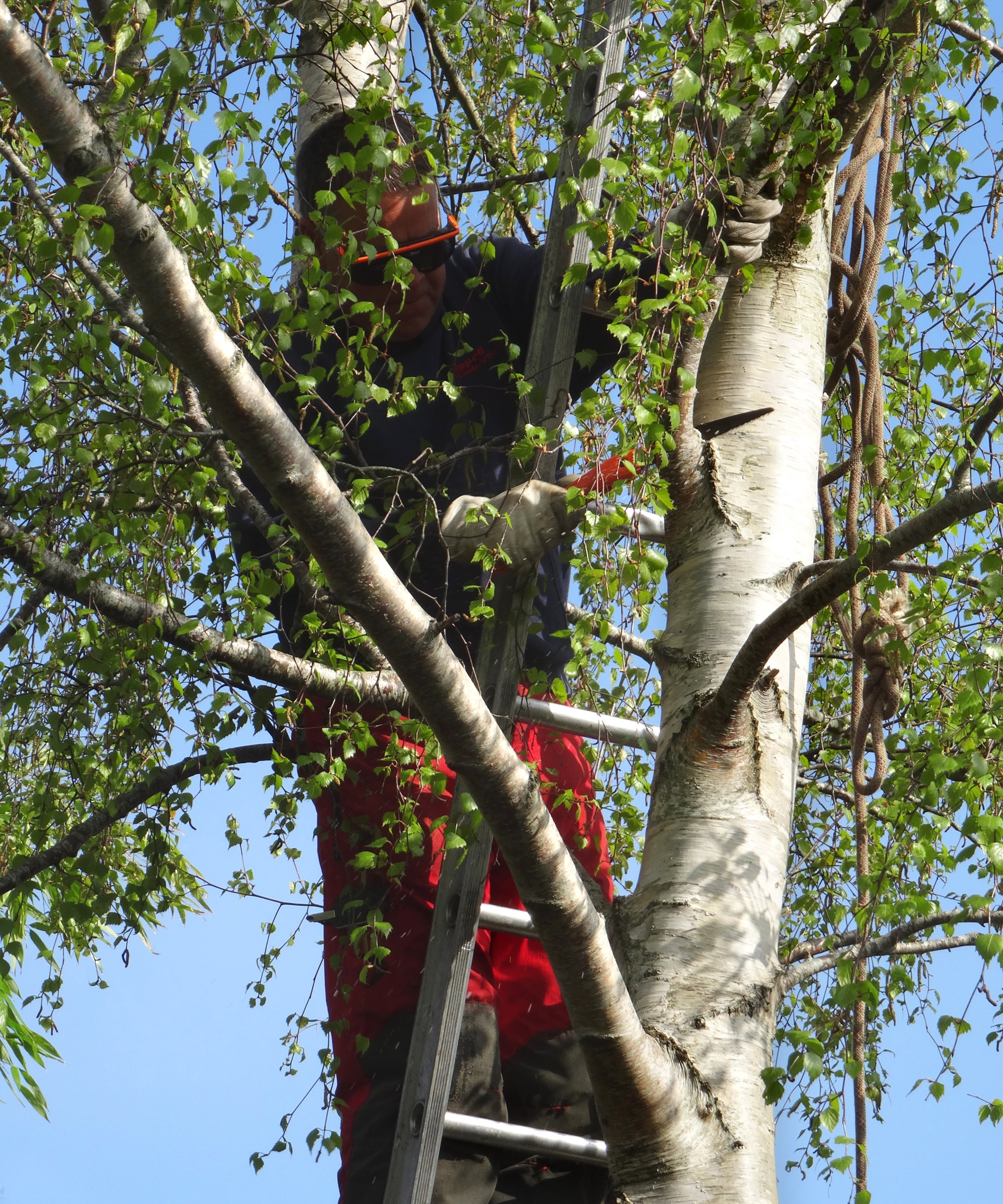
One key part of bronze birch borer control is to prune birch trees and remove infested branches when the adults have gone but the larvae are still tunnelling. If you identify the D-shaped hole in the bark, try to prune trees to remove the infested wood to reduce the population of larvae that can attack your tree.
'In the fall, when temperatures are cool, the best action to take is to prune back birch limbs, especially those showing signs of birch borer damage', advises Emma Grace Crumbley. 'Pruning the trees helps physically remove the pests during a time of year when they are least active.'
If you do have a heavily infested tree, it is beneficial to remove the tree to prevent the pests from spreading to other trees in the vicinity.

Emma Grace is an entomologist and science communicator from Atlanta, Georgia, now based in New York. She received her formal training from the University of Georgia, where she studied Entomology and Applied Biotechnology. Through her role as Mosquito Squad Plus' entomologist, Emma Grace provides assistance with pest identification, treatment guidance, and explanations of pest trends to both Mosquito Squad Plus technicians and customers alike.
Keep Trees Healthy
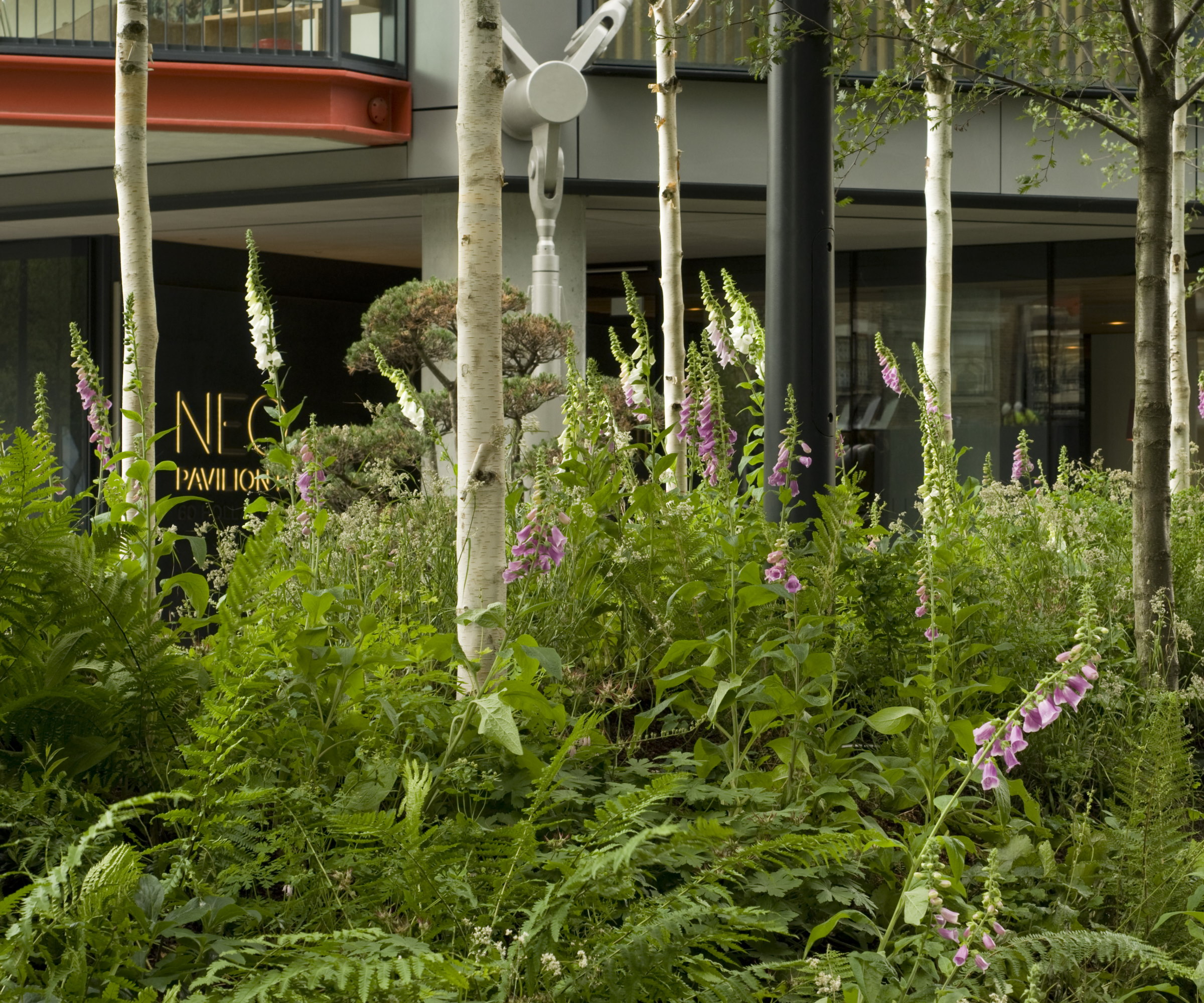
As highlighted earlier, the bronze birch borer is often attracted to stressed or weakened birch trees. It makes maintaining healthy birch trees a priority, as the pests are unlikely to target healthy trees.
Whitt Tindol claims maintaining healthy, vigorous trees is 'one of the most effective long-term strategies for managing bronze birch borers', adding: 'A key part of this is ensuring consistent and adequate watering throughout the year to support strong growth.'
He adds that planting trees in unsuitable locations also leads to stress and makes them more vulnerable. This includes not planting birch trees where they can get heat stress, especially in warmer climates, and not planting them in lawns, which are not ideal for birch trees.
Birch trees benefit from regular deep watering in extended periods of dry weather and routine mulching. Do not fertilize trees unless they show signs of struggling, as birches don't require lots of feed and can suffer stress from overfertilizing.
Insecticides
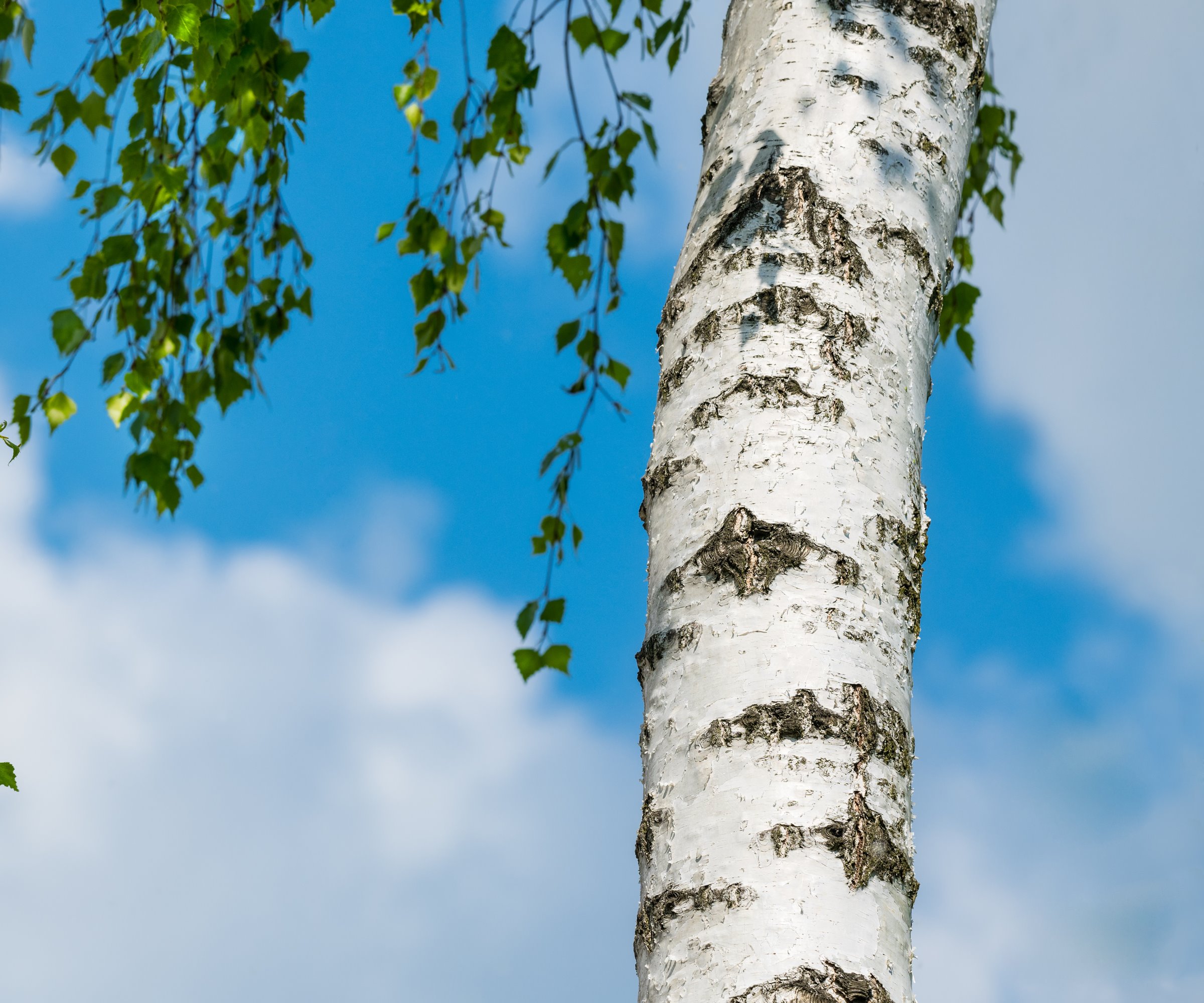
Some products can be applied by professionals to combat the bronze birch borer. However, even chemicals may not be enough to save a highly infested tree.
'Late summer to early fall is a prime time for a systemic soil application of insecticides like Imidacloprid (if allowed in your area),' says Jeremy Logsdon. 'The product is absorbed by the roots and moves throughout the tree over the winter, providing preventative protection for the following spring when the adults emerge and lay eggs.'
He adds: 'This fall timing is effective because the larval stage is still active under the bark, and the tree is preparing for dormancy, making it an efficient time for chemical uptake.'
A pest management professional or licensed arborist can help devise a treatment plan for you, including offering options for different insecticides suitable for your tree, the level of infestation, the time of year, and local regulations.
Plant Resistant Species
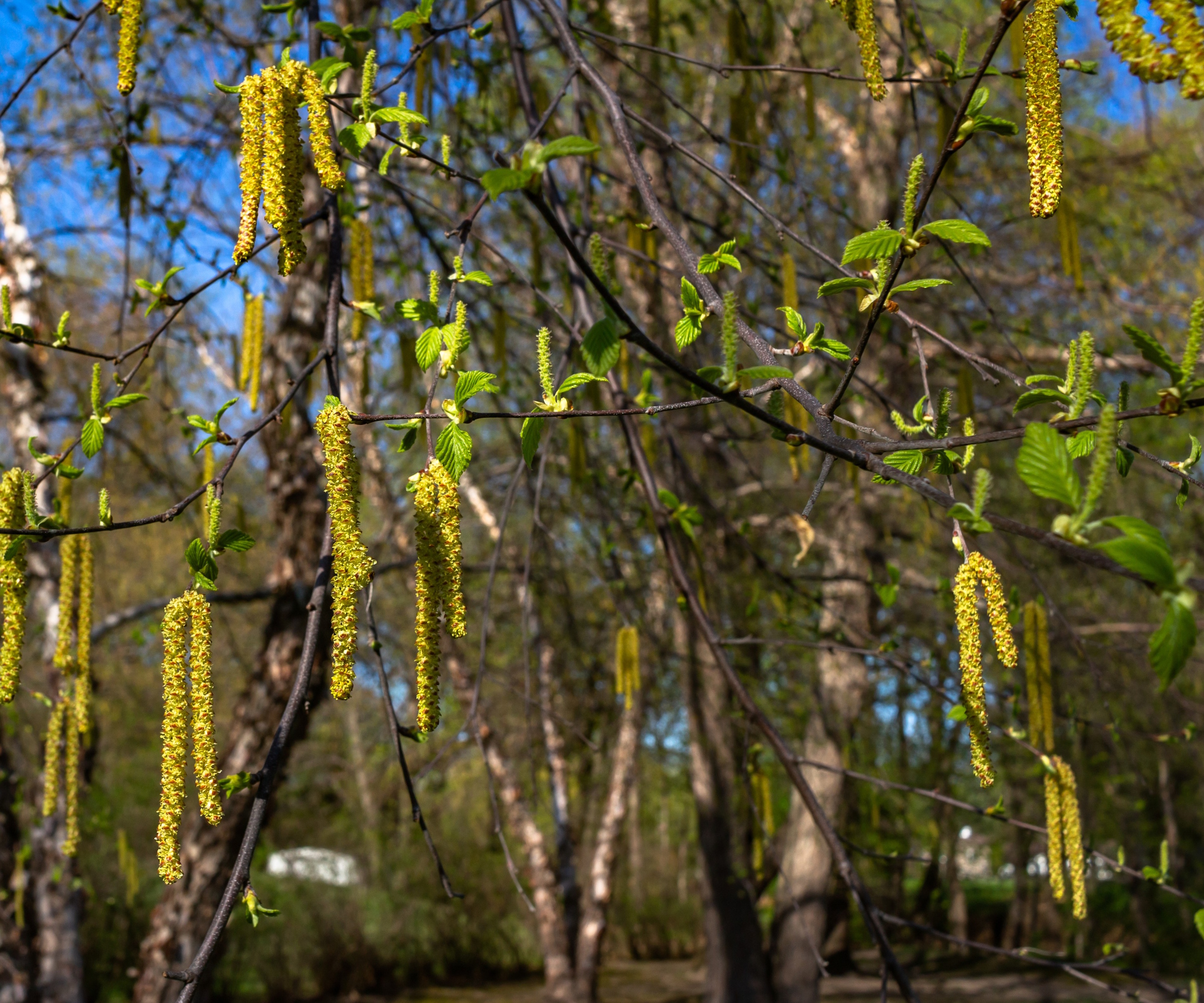
To reduce the risk of the bronze birch borer, there are more resistant species of birch you can choose when planning your backyard ideas.
The white-barked birch species are most susceptible, with species such as River Birch, Monarch Birch, and Japanese Birch more resistant to the pests.
You can get a Heritage River Birch at Fast Growing Trees
If you want to showcase beautiful bark in your yard, there is a great range of trees to choose from. Whether you want patterned or peeling bark to provide interest in winter, this guide to trees with unusual bark highlights 10 fantastic trees that make bold statements with their bark and offer something unique to a space.

Drew has worked as a writer since 2008 and was also a professional gardener for many years. As a trained horticulturist, he worked in prestigious historic gardens, including Hanbury Hall and the world-famous Hidcote Manor Garden. He also spent time as a specialist kitchen gardener at Soho Farmhouse and Netherby Hall, where he grew vegetables, fruit, herbs, and cut flowers for restaurants. Drew has written for numerous print and online publications and is an allotment holder and garden blogger. He is shortlisted for the Digital Gardening Writer of the Year at the 2025 Garden Media Guild Awards.
